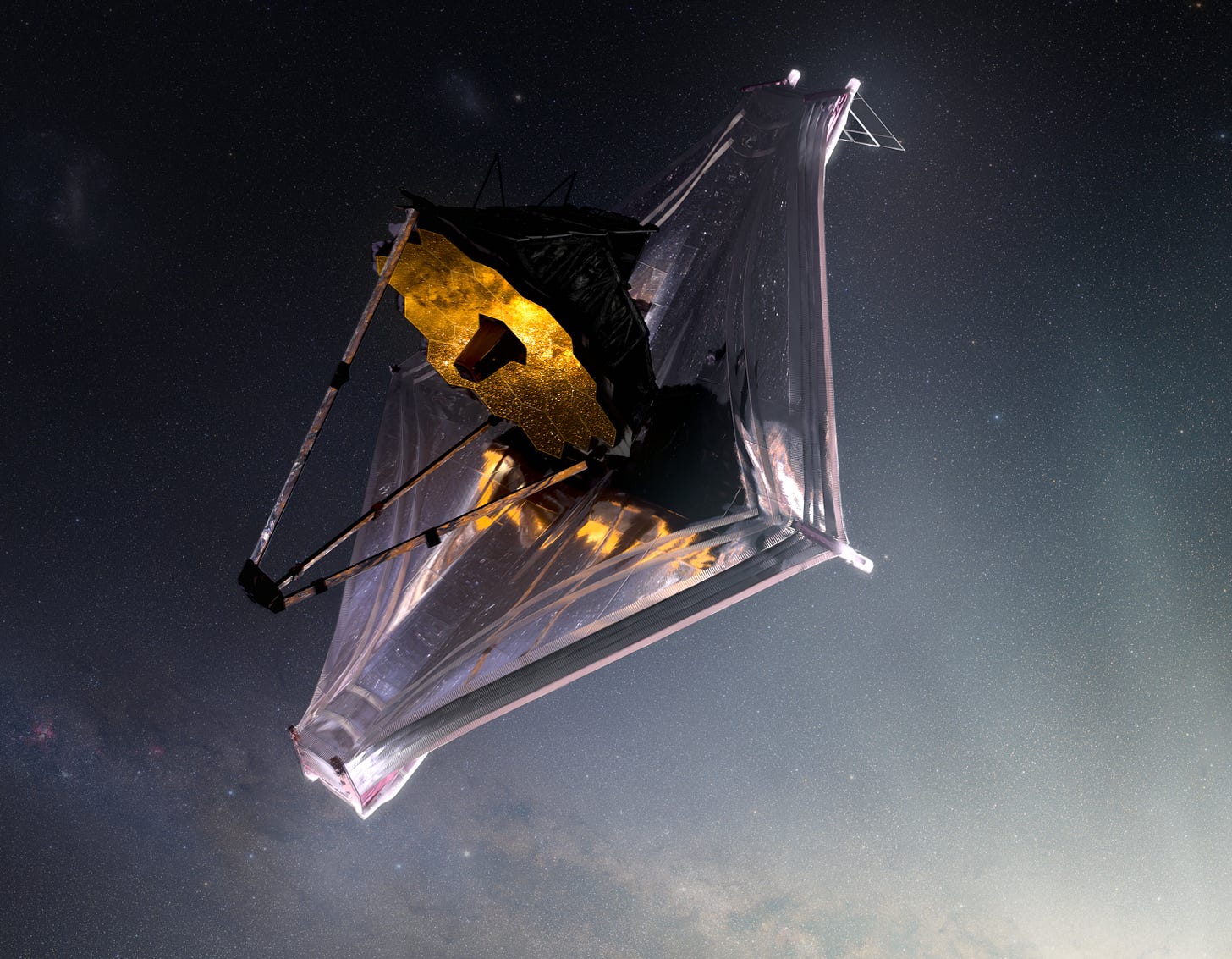Scientist Develops Technology To Make Space Telescopes 866% More Sensitive Than JWST
This is a game-changer.

We are living in an era of unprecedented scientific discovery powered by mega space telescopes. Hubble, Kepler and JWST have enabled astronomers to peer deeper into the cosmos than ever before and have helped us gleam astonishing levels of detail from some of the universe’s most mysterious objects. Needless to say, our understanding of the universe, and our part within it, has been dramatically advanced by these instruments and the brilliant people behind them. But, over lockdown, a lone scientist invented a technology that could unlock space telescopes orders of magnitude more potent than anything we currently have. That isn’t hyperbole; Dr Sebastian Rabien’s rollable telescope mirrors genuinely have the potential to make space telescopes 866% more sensitive than JWST! But how? And will this technology advance astronomy in the same way Hubble and JWST have?
Let’s start at the beginning. Why do telescopes need to be in space? Well, visible and infrared light gets refracted (bent) by our churning atmosphere, and clouds can render a ground-based telescope useless. However, even if you installed a large telescope high on top of a mountain, so it was above the clouds, the telescope’s resolution would still be limited by the slight warping of the atmosphere. So if you want to take highly detailed images of incredibly distant objects, like galaxies billions of lightyears away, or smaller, closer objects, like exoplanets, you need a telescope in space, where there is no atmosphere to mess with your optics.
Now, for a telescope to see these tiny and incredibly dim objects with this level of detail, it needs to be able to gather a lot of light. This means its primary mirror needs to be as large as possible.
But a space telescope’s mirror is limited to the size of the rockets we currently have, as they have to be able to fit inside them. That is why JWST has that weird hexagon design, as it enabled its massive 6.5-metre mirror to fold down and fit inside the Ariane 5 rocket that launched it, whose payload area is only 4.5 metres wide.
Now, we can build mirrors far bigger than JWST. Take the GTC, which has an utterly massive mirror diameter of 10.4 metres! However, we currently can’t launch such a larger mirror into space, as even using the folding technology in JWST, such a mirror can’t fit inside our rockets.
But during lockdown boredom, Dr Sebastian Rabien of the Max Plank Institute decided to try and solve this problem. The fruit of his labour is a prototype rollable telescope-grade mirror which has the potential to revolutionise astronomy. Let me explain.
Keep reading with a 7-day free trial
Subscribe to Will Lockett's Newsletter to keep reading this post and get 7 days of free access to the full post archives.

